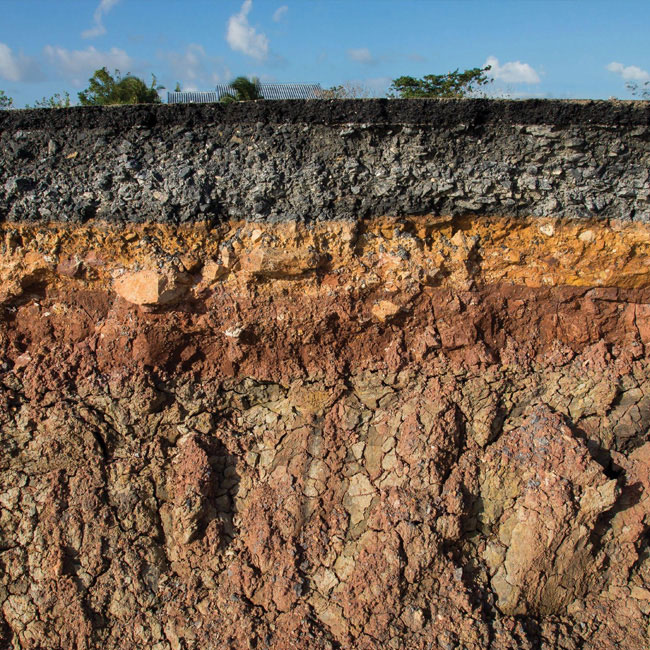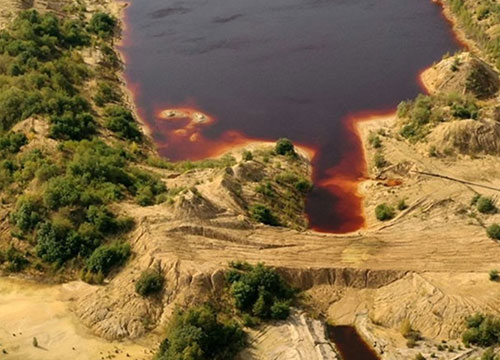Addressing Compliance And Regulatory Concerns And Managing Sand, Water, Erosion And Other Geologic Concerns
The rising interest in extracting sand from the shallow waters of numerous rural rivers, coupled with the increasing environmental awareness, highlights the necessity for improved management strategies for sand extraction. While there is evidence of some mining operations becoming more environmentally conscious, the connection between environmental issues and sand mining remains a topic of debate and has received little attention in South Africa. As a result, there is a lack of knowledge regarding the best practices for mitigating environmental impacts of sand mining in South Africa. This study aimed to investigate the regulatory and policy aspects of sand mining at several sites along the Njelele River in South Africa. Data were collected through direct observation, surveys of households, and participatory rural appraisal sessions with community members and sand miners.
We employed a mix of K-means clustering and Discriminant Function Analysis (DFA) to identify the key environmental characteristics that influence the situation of sand mining. The development of regulatory and policy strategies involved Gap analysis, Strengths, Weaknesses, Opportunities, and Threats (SWOT) analysis, and the creation of a Threats, Opportunities, Weaknesses, and Strengths (TOWS) matrix strategy. Our analysis revealed several critical factors related to the site's geology, ecology, social-ecological dynamics, governance, and physical conditions, which were grouped into three main clusters of sand mining sites. We concluded by discussing the regulatory and policy considerations for sand mining at three different levels: strategic, institutional, and operational.
GTJ Solutions Limited is presently engaged in a project in Louisiana, located off the Gulf of Mexico.



